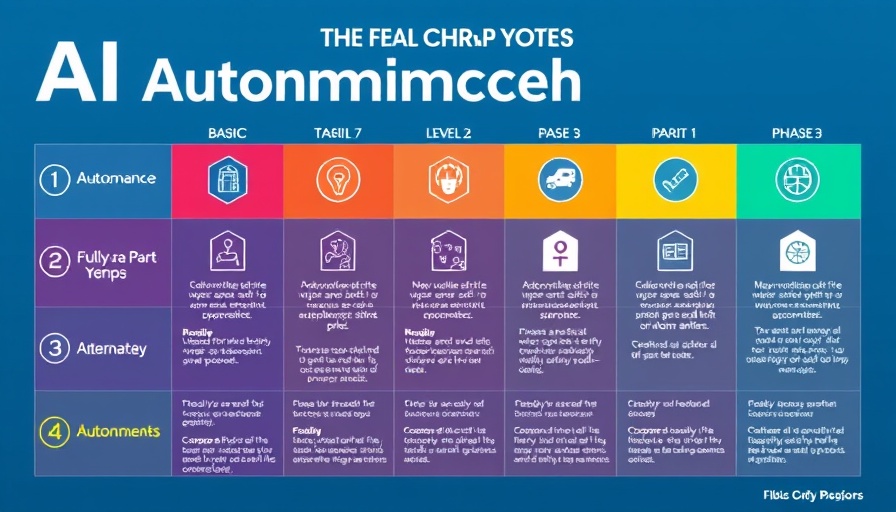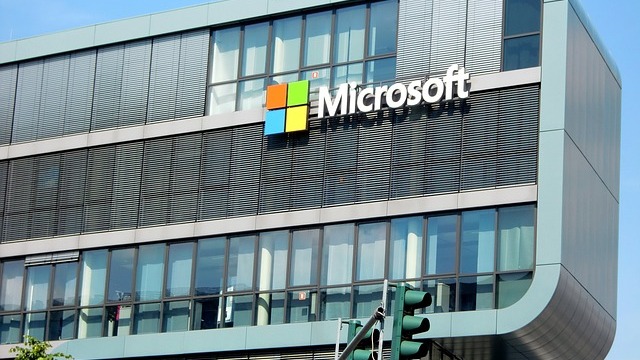
Revolutionizing AI Development: Nvidia's Spark Supercomputer
Nvidia is set to transform the landscape of artificial intelligence with its new DGX Spark, billed as a "personal AI supercomputer" that fits comfortably on a desk. Launching on October 15, 2025, this innovative device is designed for developers, engineers, and AI enthusiasts looking to produce complex models without the need for massive data centers. Retailing at $3,999, the DGX Spark offers remarkable performance, powered by the GB10 Grace Blackwell Superchip and boasting up to one petaFLOP of computing performance.
Why Spark Matters
For many in the tech industry, the DGX Spark represents a pivotal moment in making high-performance computing accessible to a broader audience. Nvidia's vision, articulated by CEO Jensen Huang, presents the Spark as a tool not just for individual developers but also for researchers and students. With institutions facing constraints in cloud capacity, having a potent computing solution on-site can streamline workflows and enhance security around sensitive data.
A Glimpse Into Features and Capabilities
This AI supercomputer is touted for its versatility, supporting the fine-tuning of AI models containing up to 200 billion parameters. Its standing as the world's smallest AI supercomputer permits users to engage with sophisticated AI applications directly from their desktops. Coupled with 128GB of unified memory and the ability to run inference locally, the Spark allows users to handle modeling tasks with unprecedented ease.
Future Trends in AI and Computing
As we consider the implications of products like the DGX Spark, several future trends emerge. The capabilities of AI are scaling rapidly, moving beyond conventional applications to tasks requiring reasoning and autonomy—often referred to as "agentic AI." Nvidia’s push towards democratizing supercomputing resources aligns with a significant shift in demand for systems able to tackle these advanced workloads within personal, enterprise, and research settings.
Conclusion: Embracing New Possibilities
The launch of Nvidia's DGX Spark heralds a new era for AI developers, placing powerful computing capabilities directly within their reach. As the boundaries between personal and enterprise computing continue to blur, enhancements like the DGX Spark provide critical infrastructure for individuals and organizations poised to innovate on new AI models. With tools designed to assist in building and refining AI systems, the future of AI development is brighter than ever.
 Add Row
Add Row  Add
Add 




Write A Comment